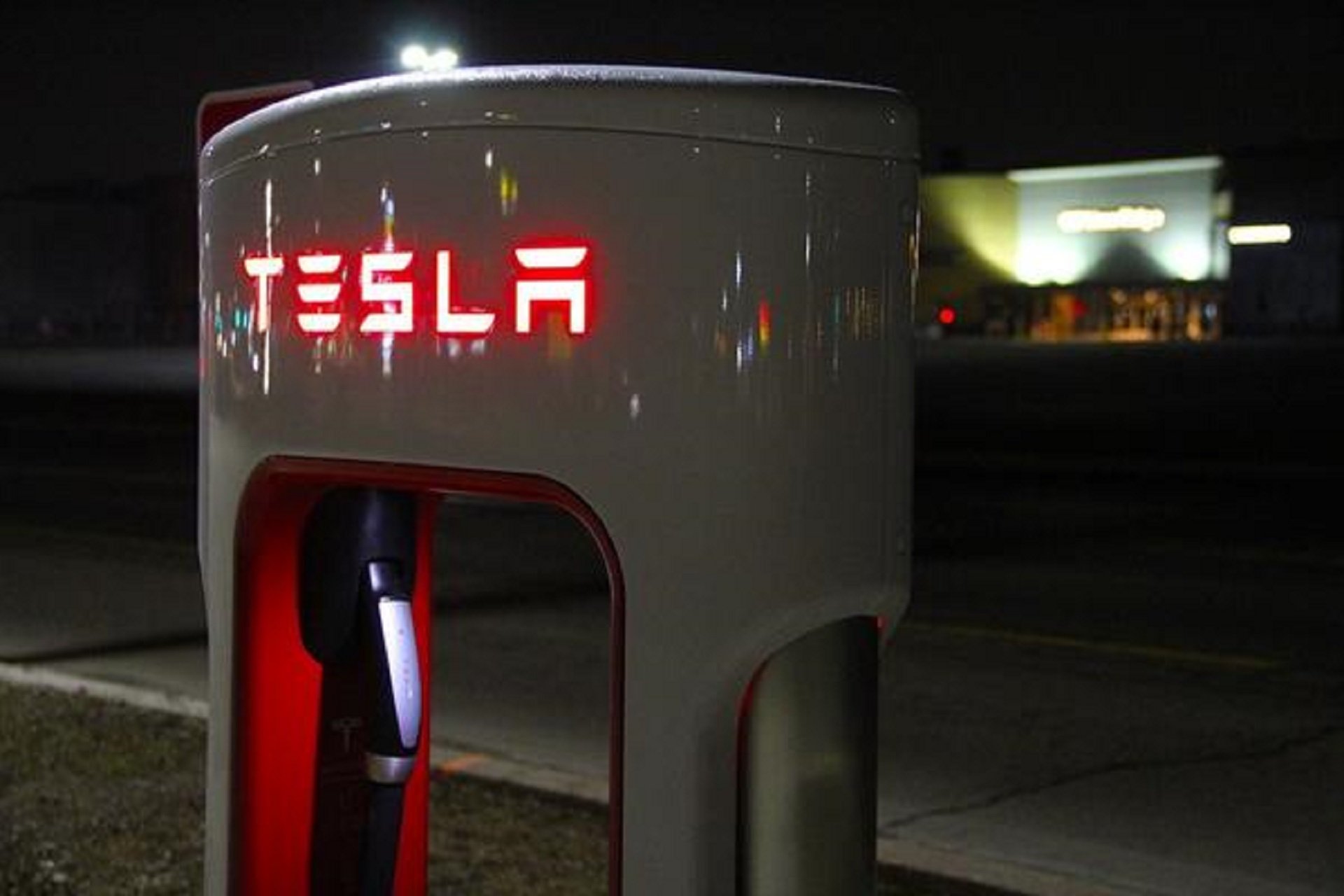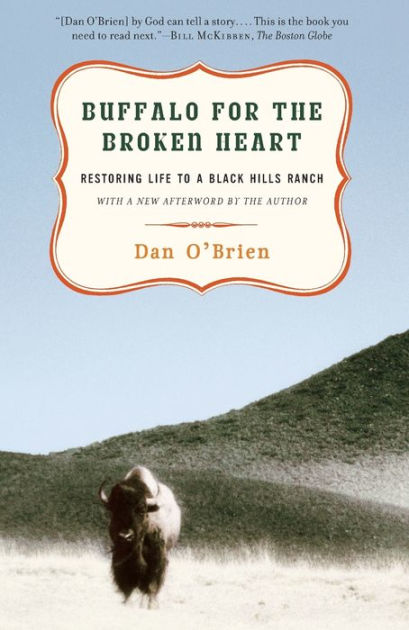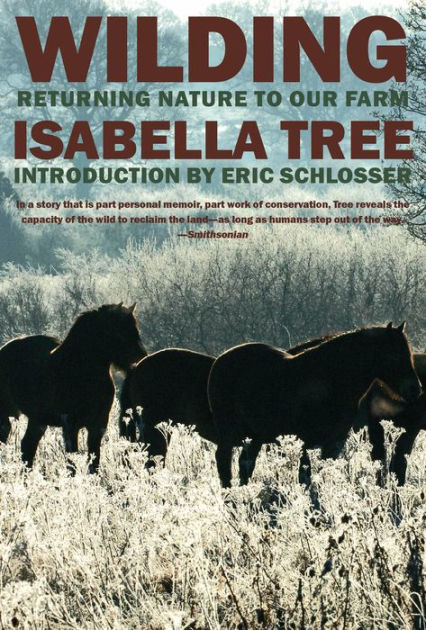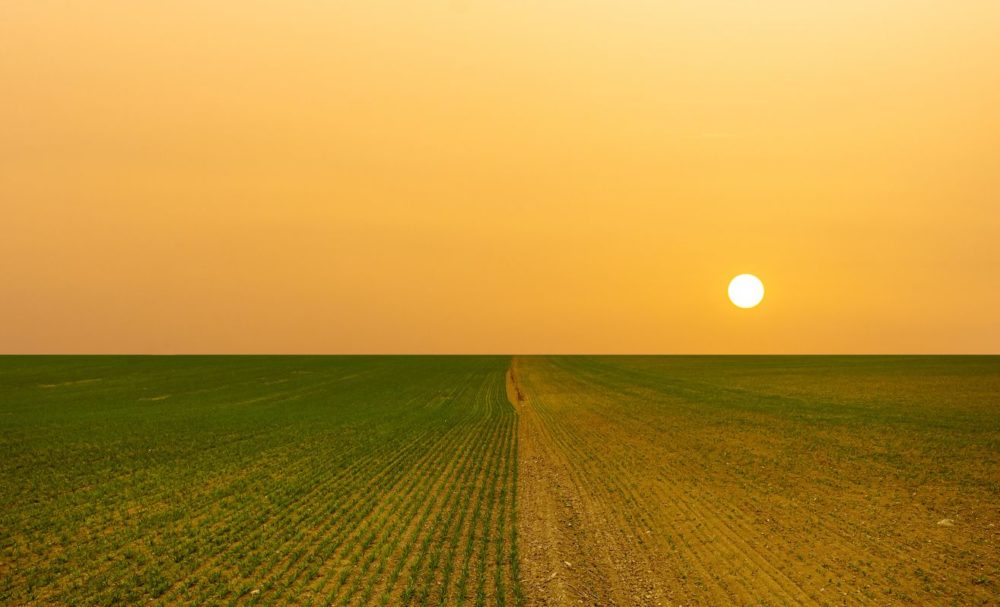lafrisbee
Active Member
The water that tastes like a critter died in it a week ago sold well (Tesquila), I can only imagine how many cases 'mericans would ship home if GigaBerlin sold GigaBier.Perhaps this is an idea that might help Tesla in Deutschland. Set up a brewery on site with a Biergarten and maybe grow some hops. Invite all locals for an Oktoberfest. You could have Elon's brother, Kimbal provide some produce, perhaps setting up his produce production there. Oh yeah, and a Tesla restaurant.
This might endear many people to Tesla and speed up the mission. For example:

BIERGARTEN HOFBRAU MUNCHEN, Nicosia - Menu, Prices & Restaurant Reviews - Tripadvisor
Biergarten Hofbrau Munchen, Nicosia: See 33 unbiased reviews of Biergarten Hofbrau Munchen, rated 3.5 of 5 on Tripadvisor and ranked #325 of 1,143 restaurants in Nicosia.www.tripadvisor.co.uk
And to push it more towards the stock perspective... FSD would insure a safe trip back to the Hostel... if not just hit camping mode.













